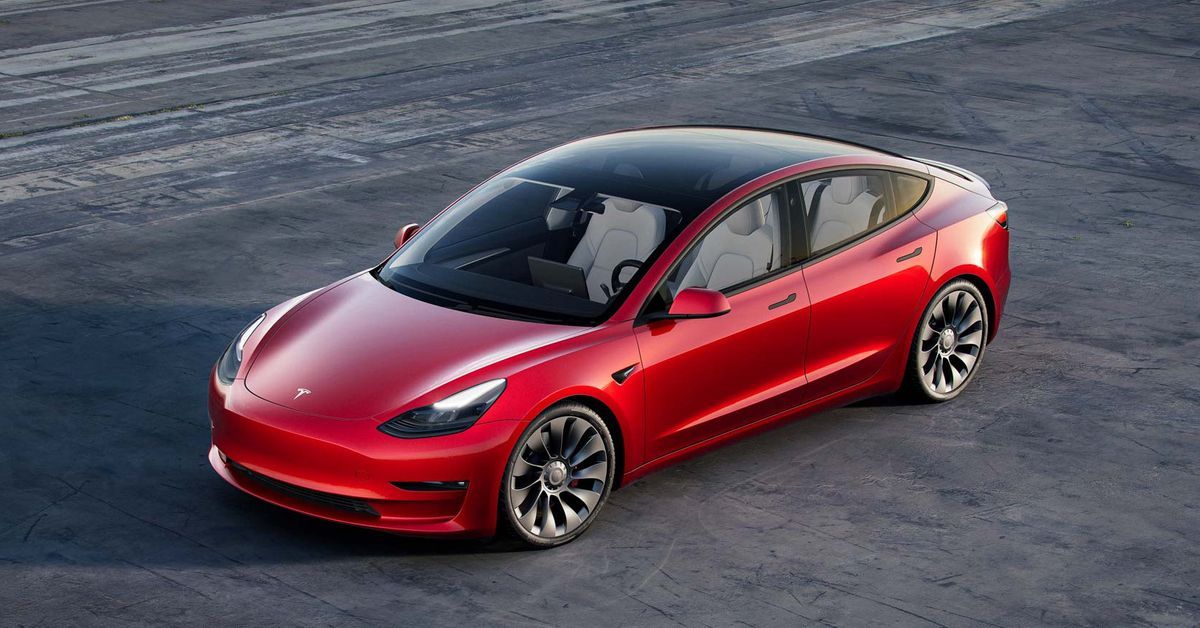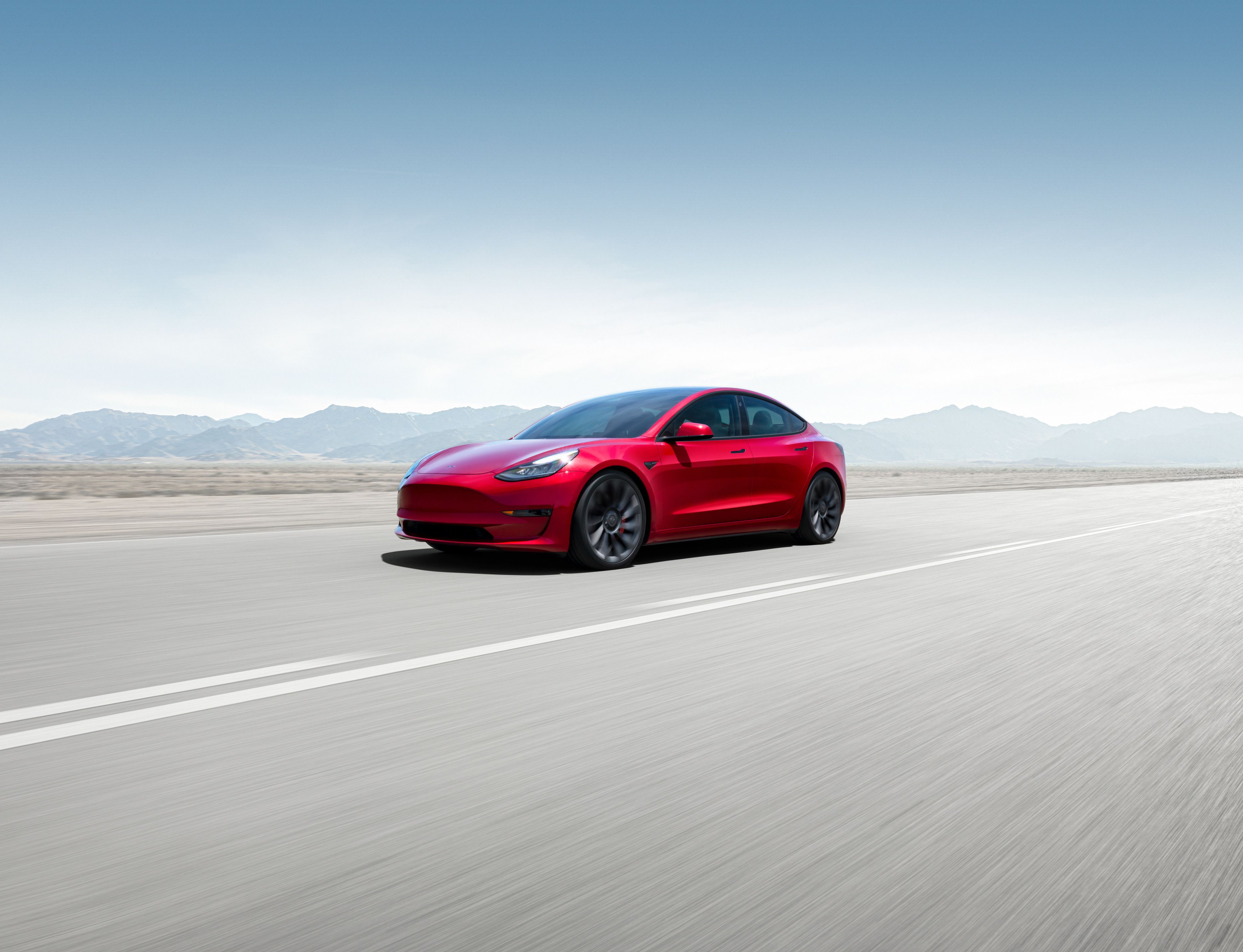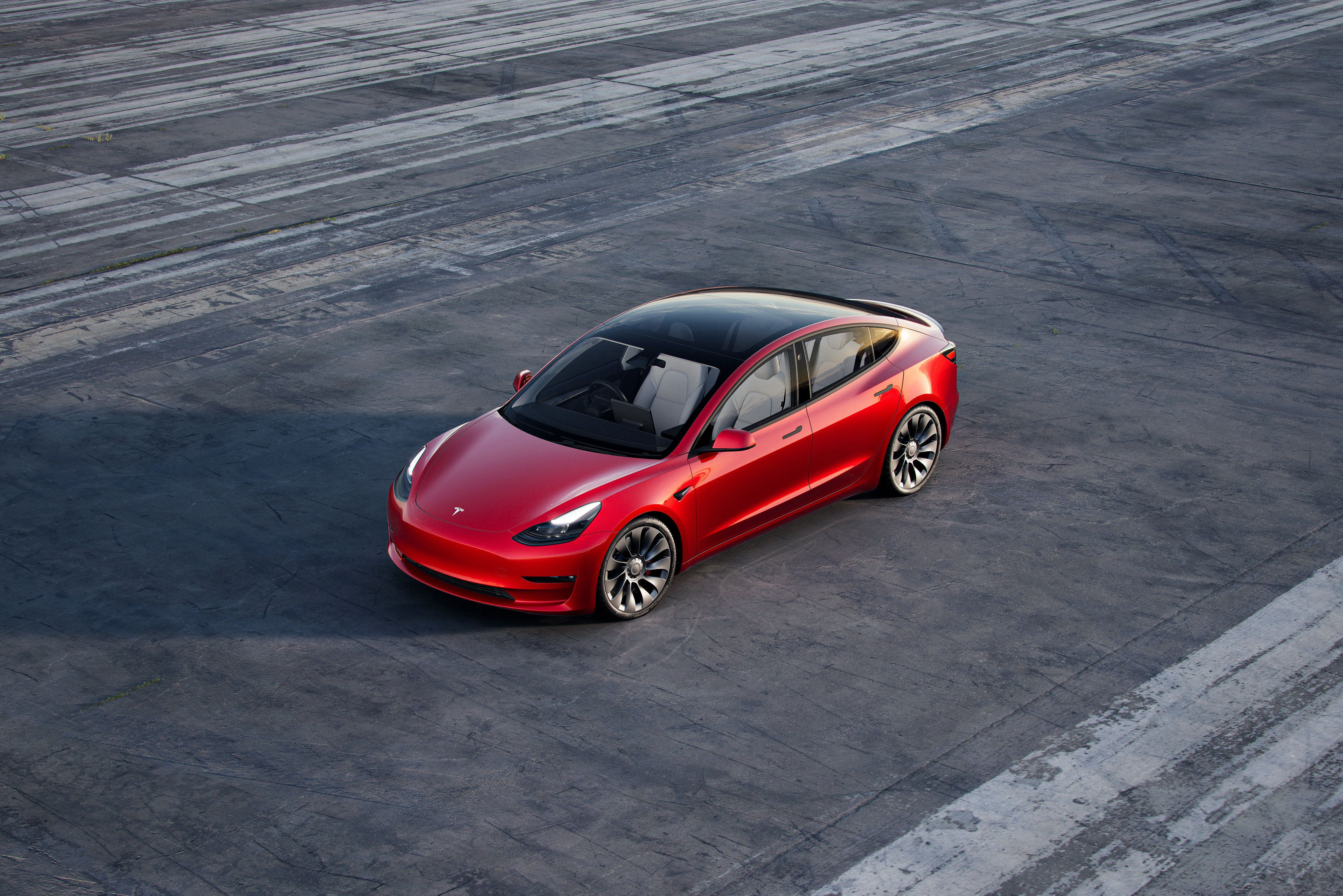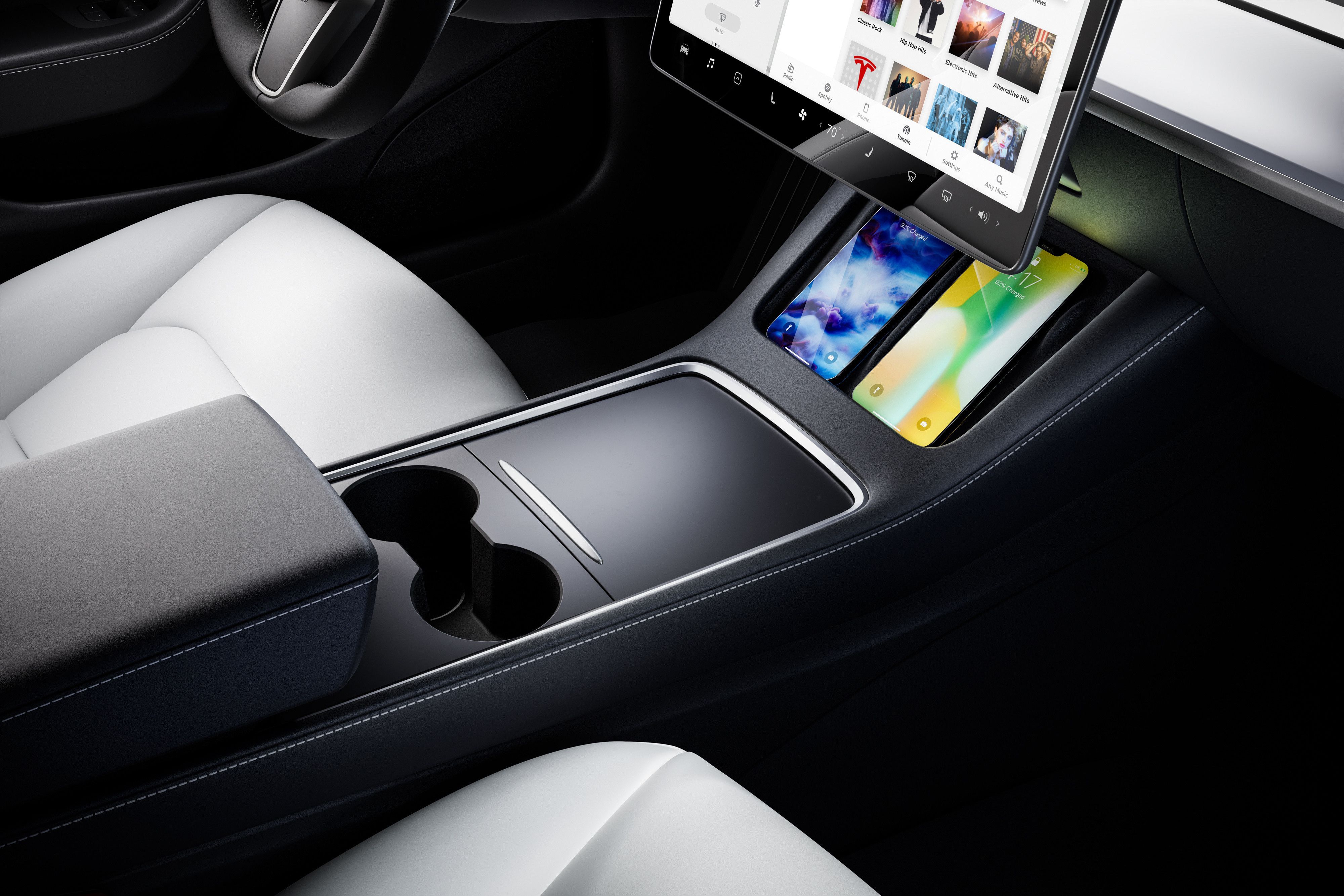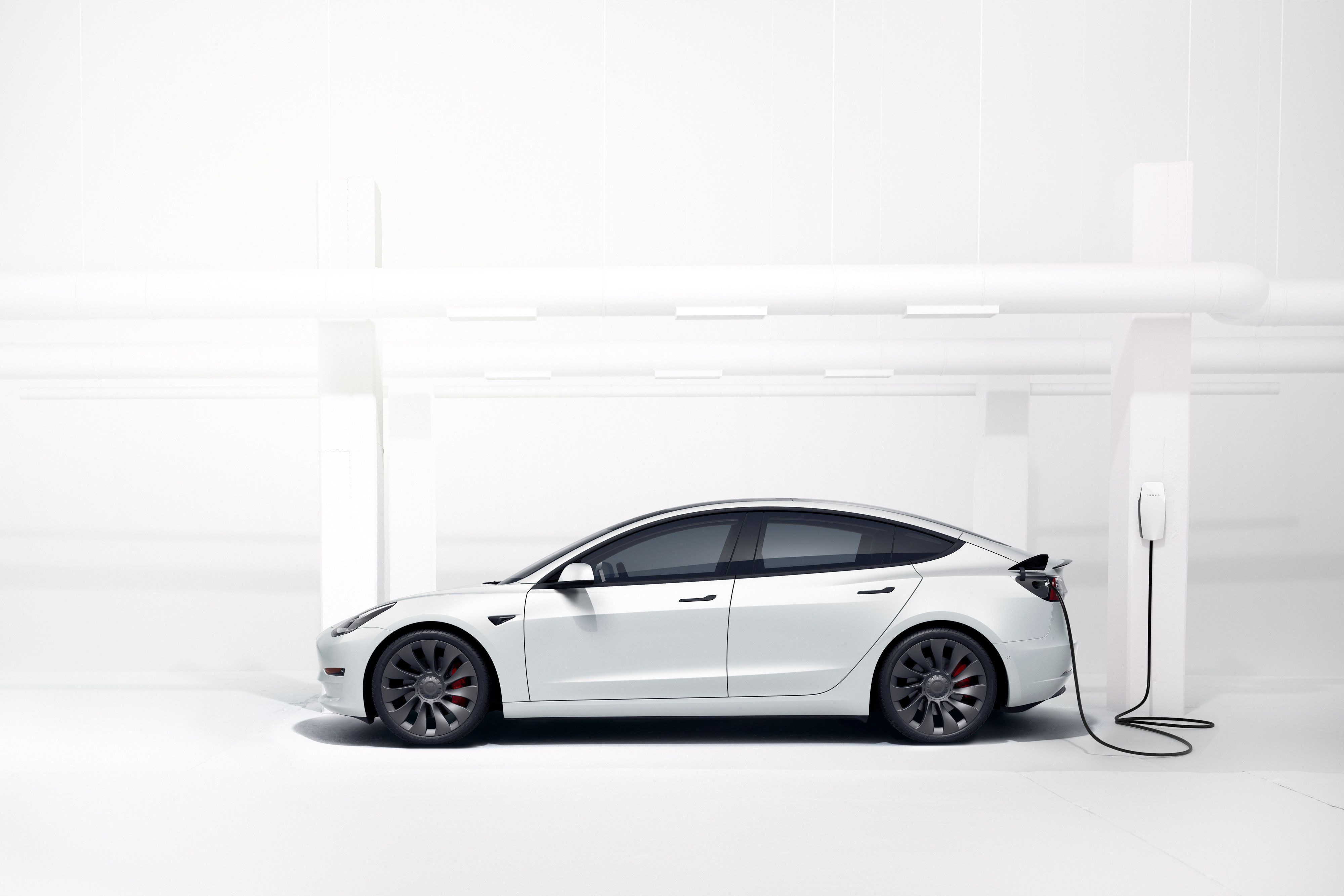Electric vehicles are known to save owners substantial money they would otherwise spend on fuel and related costs, which is why they have become so popular in recent years. With the fuel prices surging, having a battery-powered ride seems like the best option, despite the higher upfront costs.
However, some brands continue to increase prices for their EVs. While we were expecting the ICE counterparts to become cheaper over time, some of them are actually recording unusually high prices. Take Tesla as an example. The Model X, the Model S, and the Model 3 are all much more expensive now than when Tesla introduced them.
People particularly favored the Tesla Model 3 for its initial price of $36,000, but that was quite some time ago. Now, this EV starts at $46,990 for the base trim and $62,990 for the Performance. That's quite a price for an EV, even though the Model 3 is an admirable and fun performer with snappy acceleration. Yet, that's not even the biggest concern.
The question is, why the price of the Tesla Model 3 continues to increase these days?
The Tesla Model 3 Is Now More Expensive Than Ever Because Of The Fluctuating Economy
It's not only that the Tesla Model 3 is now pricer than before, but it shows an intention to continue this trend. Why is that so? Well, it has something to do with that word we often use these days — inflation.
Worry not, we won't leave you with that awfully simple explanation that the Tesla Model 3 now costs more because of the decrease in the purchasing power of money. Here's an explanation of how the current state of the economy influences the price of the Tesla Model 3.
The High Product Demand Boosts The Price Of The Tesla Model 3
The EV market is changing and expanding to accommodate new startups and vehicles. Among the fierce competition, Tesla is standing very well. The brand continuously records super high sales, which is one of the reasons it had to open wait lists for its EVs. Great, right? Well, not so much.
Indeed, those who want to have a Tesla car but have missed their opportunity can now join the queue and get it, which is good news. But on the other side, this increased demand for EVs impacts the prices. Unlike well-established car manufacturers, Tesla doesn't have a production capacity to meet customer demand and has to raise prices to amend this.
The good thing is that Tesla plans to expand further and open new factories to accommodate the high demand for its vehicles. After the big production scaling, the brand should be able to produce about 500,000 cars yearly. Until then, however, there'll probably be some more price changes.
The Impact Of Battery Technology On The Tesla Model 3's Cost
Batteries are now essential parts of electric vehicles as they store and use the electrical power you need for your travels. They are also pricey because they use expensive components themselves, including metals like cobalt, nickel, lithium, and manganese for cathodes — not to mention the lengthy and demanding development process.
Now, Tesla aims to reduce the kilowatt-hour costs of batteries for their cars, but a lot of research and testing is still needed. In the meantime, the price of battery power storage will continue to influence the total costs of Tesla and all other EVs, including the Model 3.
Tax Credits And The Tesla Model 3's Pricing
While the U.S. government introduced tax credit incentives to motivate less wealthy buyers to buy EVs and car manufacturers to expand their customer base, there are also caveats to be aware of. For instance, electric vehicles need to cost under $55,000 (sedans) or $80,000 (SUVs, vans, and trucks) to qualify for the $7,500 tax credit. Their batteries (and components for batteries) also need to come from North America.
Therefore, not all Tesla cars qualify for the tax credit, and those that do, such as the Tesla Model 3, must follow strict and potentially more costly regulations to get it. You also have to meet some requirements yourself if you want to get a tax credit, such as being single and earning up to $150,000 or having a partner and a joined income of up to $300,000, but we digress.
The bottom line to this story is that all Tesla cars, including the Model 3, are expensive because of global inflation, high customer demand but short supply, and some tax regulations. But it's also good to keep in mind that the brand prices its rides highly for many other reasons. In the case of Model 3, it does so because of the handsome styling, impressive specs, and high-end tech.

